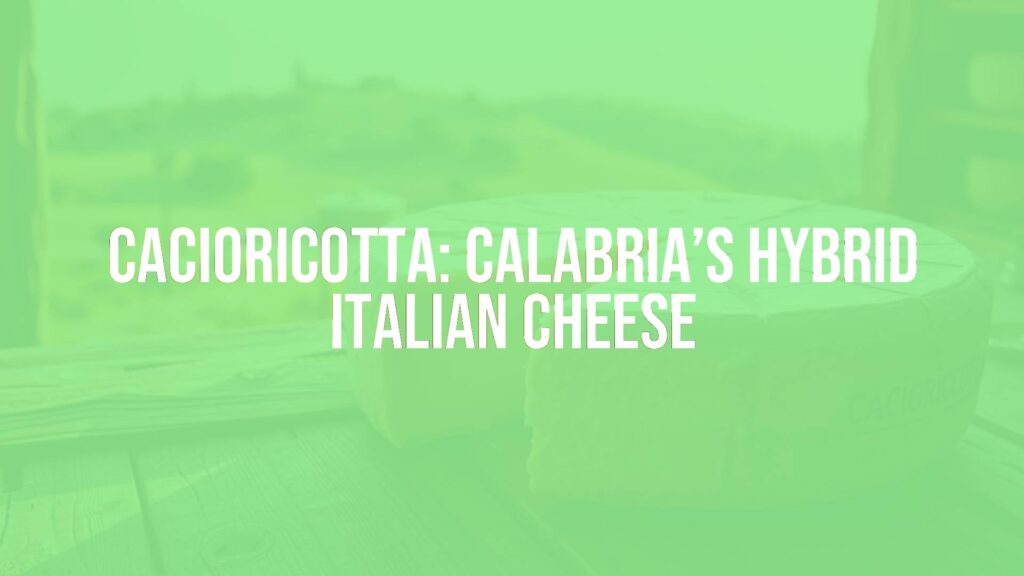Introduction to Cacioricotta Pugliese
Cacioricotta Pugliese is a unique cheese native to the southern Italian region of Puglia (Apulia). Renowned for its blend of characteristics from both ricotta and hard cheeses, Cacioricotta stands out thanks to its particular production method and regional flair. This cheese serves as a testament to the resourcefulness and creativity of Puglian dairy traditions, making it a cherished element of local gastronomy.
Distinctive Traits and Flavor Profile
What makes Cacioricotta Pugliese so remarkable is its hybrid texture and flavor. Produced primarily from goat’s or sheep’s milk (though cow’s milk can occasionally be used), it combines the creaminess reminiscent of ricotta with an unexpected firmness akin to aged cheeses. Its taste is gently tangy, delicately milky, and subtly nutty, with a pleasing aroma and a slight saltiness. When fresh, it is soft and easily sliceable; upon maturation, it develops a more crumbly, grated texture.
Historical Context and Traditional Production
The origins of Cacioricotta are deeply entwined with the transhumance lifestyle of southern Italian shepherds. Historically, making cheese was an efficient way of preserving precious milk during the hot summer months when storage was a challenge. The name “Cacioricotta” itself reflects its dual identity—”cacio” meaning cheese, and “ricotta” referencing the ricotta-like heating process used during production. Traditional methods involve heating the milk nearly to boiling before adding rennet, combining steps from both typical cheese and ricotta recipes, resulting in its distinctive consistency.
Cultural Importance and Regional Pairings
Cacioricotta Pugliese is an emblem of Puglia’s rich pastoral traditions, often featured at family gatherings and local festivals. It is celebrated not only as a standalone table cheese but also as an essential ingredient in numerous regional specialties. Its use is particularly prevalent in rural areas and among communities that maintain the shepherding heritage, symbolizing a connection to the land and ancestral practices.
Traditional Enjoyment and Serving Suggestions
This cheese is as versatile as it is flavorful. In Puglia, thin slices of fresh Cacioricotta might be served alongside ripe tomatoes, extra virgin olive oil, and crusty bread—showcasing the region’s agricultural bounty. When aged, it is often grated generously over iconic pasta dishes like “orecchiette al sugo” or flavorful vegetable casseroles, adding depth and richness. Cacioricotta pairs beautifully with local red wines, olives, and roasted vegetables, making it well-suited to casual antipasto boards or robust savory dishes.
Varieties and Local Expressions
Though Puglia is its stronghold, similar versions of Cacioricotta can be found throughout Southern Italy, each slightly different depending on the milk used, aging time, and local customs. Some producers age the cheese for just a few days, highlighting its delicate flavors, while others allow a longer maturation for a pungent, more crumbly product. Goat’s milk Cacioricotta tends to be fresher and lighter, whereas sheep’s milk yields a richer, earthier profile.
Tips for Savoring Cacioricotta
For the best experience, serve fresh Cacioricotta at room temperature to appreciate its nuanced aroma and flavor. When using the aged version, store it in a cool, dry place, and grate it just before serving to preserve its distinctive character. Its adaptability ensures it complements a wide variety of Mediterranean ingredients, making it a delightful addition to any cheese selection or Italian-inspired meal.

